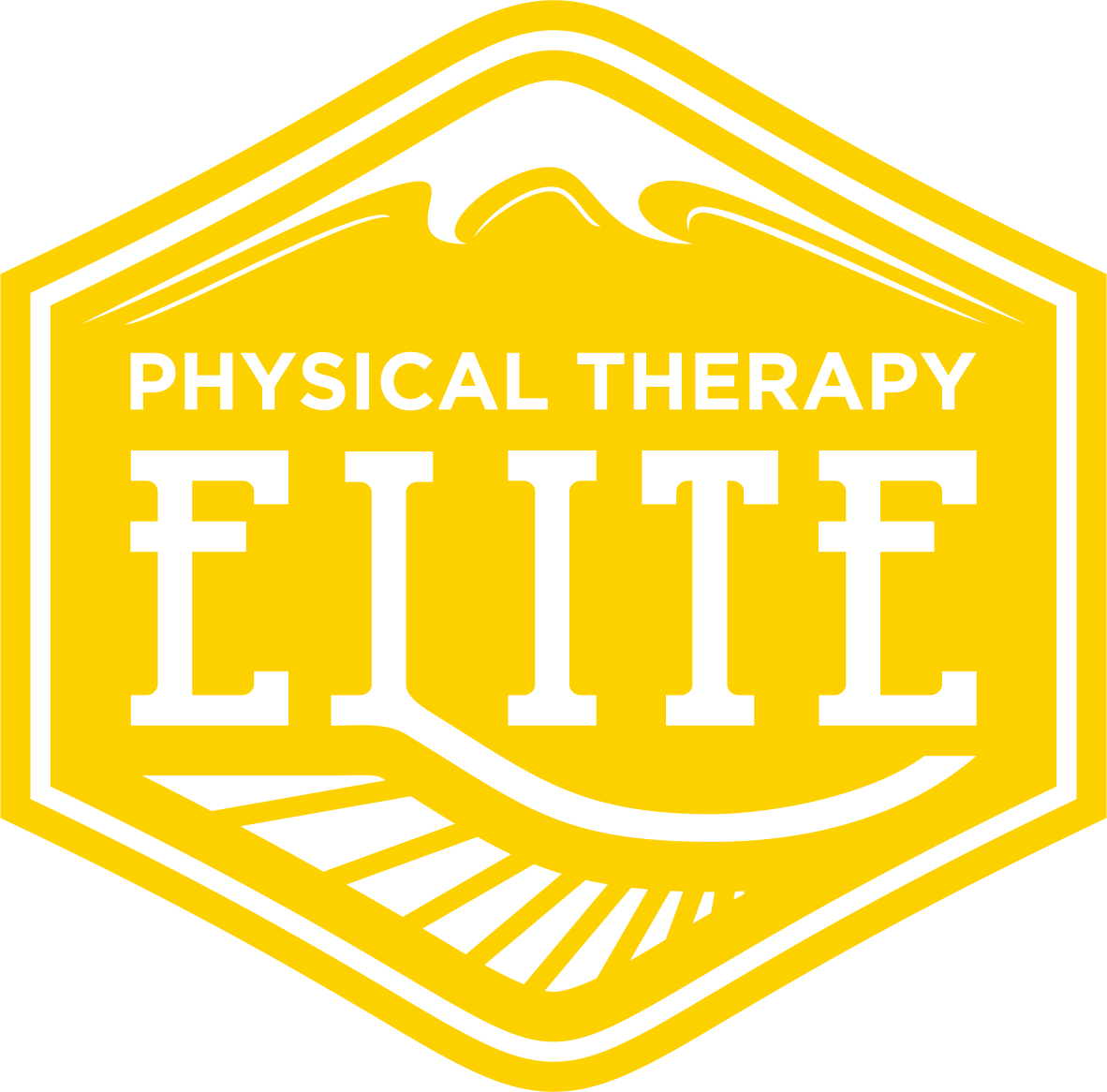Some history on physical therapy and rehabilitative medicine!
Physicians like Hippocrates, and later Galenus, are believed to have been the first practitioners of physical therapy - advocating massage, manual therapy techniques and hydrotherapy to treat people in 460 B.C.
After the development of orthopedics in the eighteenth century, machines like the Gymnasticon (pictured) were developed to treat gout and other diseases by the systematic exercise of the joints.
As the field of orthopedics grew, an emphasis on surgery took over the more traditional manual therapies and exercise interventions.
Doctors of Osteopathy, therefore, began to train “rehabilitation aides”.
Rehabilitation aides gained more and more autonomy as DOs moved further into the surgical realm as Orthopedic Doctors.
Formally, it was in 1887, that Physical Therapists were given official registration by Sweden’s National Board of Health and Welfare.
Other countries soon followed.
Modern physical therapy was established towards the end of the 19th century.
The polio epidemic became widespread in the United States in 1916 and the need for muscle testing and muscle re-education to restore function grew dramatically. This placed increased demand on physical therapists and this demand lead to more breakthroughs in treatment techniques.
The development of rehabilitation medicine further accelerated during and immediately after the First World War (WW1).
The war’s unprecedented scale of casualties, in combination with an increased survival rate of the severely injured due to medical advances, left a high number of soldiers with both mutilated bodies and minds—and posed a major challenge to orthopedic medicine at the time.
The first school of physical therapy was established at Walter Reed Army Hospital in Washington D.C. following the outbreak of WWI.
This was also a significant time for the integration of what would have been considered “alternative medicine” as the aim of the “physical therapies” was to treat the physical but growing knowledge supported the understanding that by doing so, the mental and emotional well-being of the patient. was being affected as well.
This focus on the person as a whole made the application of these therapy forms attractive for the treatment of soldiers with permanent injuries - which had a significant impact on their mental state. The traditional medical emphasis on improving the function of individual body parts (i.e. surgery alone) was failing (not-surprisingly) to deliver satisfying outcomes.
The American Physical Therapy Association was founded in 1921.
Again, necessity drove the profession forward as prior to World War II, most physical therapies were done in hospitals.
Specialty physical therapy clinics were founded during World War II to meet the unique needs of the thousands of wounded soldiers that needed rehabilitation following hospital stays.
In addition, many soldiers that would have previously died from their injuries survived due to advances in medicine. Because of this, many needed treatment for their injuries and/or post-operative rehabilitation, thus leading to the further evolution and development of physical therapy and the major transition from hospital to outpatient physical therapy care.
Over the years, physical therapy education grew from an apprenticeship to a Bachelor’s Degree to a Master’s degree and now to the current requirement of a Doctoral Degree. It is the doctoral level of education that allowed for direct access to physical therapy services - no longer needing a physician prescription.
There are currently nine areas of specialty within the profession of physical therapy: Cardiopulmonary, Electrophysiologic, Geriatric, Neurologic, Orthopedic, Pediatric, Sports, Women’s Health, and Oncology.
Physical therapists now practice in hospitals, skilled nursing facilities, rehabilitation facilities, and outpatient clinics working side by side with doctors and surgeons as well as physician’s assistants, nurses, strength and conditioning coaches, and trainers to provide comprehensive care to patients and clients.
As healthcare continues to expand and evolve, the holistic approach of physical therapists has come to define the standard of care for the treatment of injuries and other illnesses that cause bodily pain and/or impair movement with the expectation of the integration of manual therapy, exercise, and neuromuscular reeducation.
References:
Barclay J. In Good Hands: The History of the Chartered Society of Physiotherapy, 1894-1994. Oxford, England: Butterworth-Heinemann; 1994.
Carden-Coyne A. Reconstructing the Body: Classicism, Modernism, and the First World War. Oxford, England: Oxford University Press; 2009.
Special acknowledgment: Physical Therapy at Bath War Hospital: Rehabilitation and Its Links to WW1. By Heide Pöstges, MSc, PT

